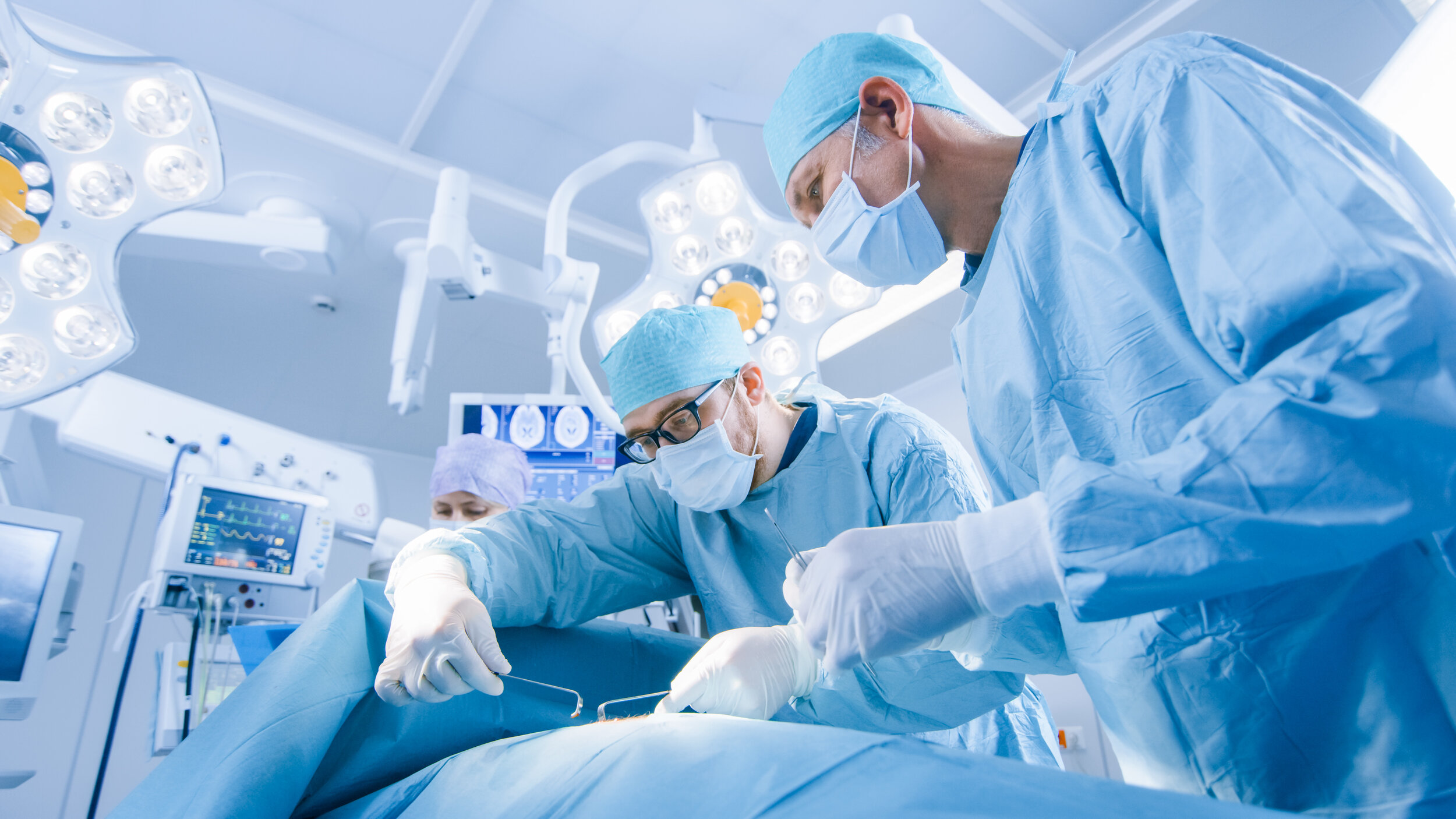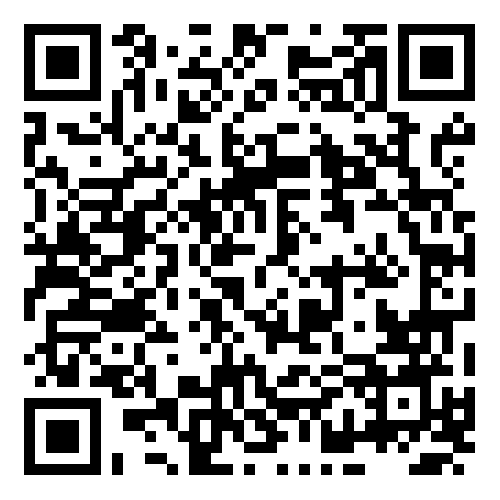Treatments: Zenker’s Diverticulum
Why treat a zenker’s diverticulum
Zenker's diverticulum should be treated primarily to alleviate the discomfort and complications associated with the condition. As the diverticulum enlarges, it can lead to difficulty swallowing, recurrent aspiration pneumonia, and food regurgitation, all of which can significantly impair quality of life. Treatment options, including surgical procedures, can effectively resolve these issues by removing the diverticulum and restoring normal esophageal function. Early intervention may also prevent further complications, such as malnutrition or severe respiratory problems, making treatment a crucial step for those affected by this condition.
when not to treat a zenker’s diverticulum
Individuals with Zenker's diverticulum may choose not to pursue treatment for various reasons. Some may experience only mild symptoms, leading them to believe that the condition does not significantly impact their quality of life. They might also have concerns about the risks and complications associated with surgical procedures, preferring to manage their symptoms through dietary modifications or lifestyle changes. Additionally, individuals may be apprehensive about the recovery period and the potential disruption to their daily routines. Financial considerations and access to healthcare resources may further deter treatment, as some might worry about the costs involved or the availability of specialized care. Ultimately, the decision to forgo treatment of a Zenker’s diverticulum can be influenced by a combination of personal health priorities, risk tolerance, and support systems.
Open surgical approach to Zenker’s Diverticulum
Definitive treatment of a Zenker’s diverticulum is with surgical intervention. Dietary modification may be undertaken for minimally symptomatic Zenker’s diverticuli or for patients who are poor surgical candidates. Prior to about 1995, most United States surgeons approached repair of a Zenker’s diverticulum through an open approach involving an incision on the left side of the neck. Dissection to isolate the diverticulum from the surrounding tissues is undertaken. Once the diverticulum sac is isolated, the surgeon has the option to resect the diverticulum (diverticulectomy), or more conservatively invert the sac and suture fixate it to the hypopharynx (diverticulopexy), or invaginate the diverticulum into the esophagus itself (diverticular inversion). Cutting the cricopharyngeus muscle (cricopharyngeal myotomy) is usually performed as well because the pathologic tightness of the cricopharyngeus muscle is the major cause of Zenker’s diverticulum.
endoscopic approach to Zenker’s diverticulum
The endoscopic approach to treat Zenker's diverticulum involves the use of endoscopic instruments including a camera inserted through the mouth to access the diverticulum. The dividing wall between the Zenker’s diverticulum and esophagus is cut, yielding a common space that then funnels into the esophagus. This technique, which has gained popularity in recent years, offers several advantages over traditional open surgery, including reduced postoperative pain, shorter recovery times, and lower risk of complications such as infection and bleeding. However, it also has disadvantages, such as that sometimes the diverticulum cannot be accessed due to a variety of anatomic factors, concerns for incomplete resolution or recurrence of the problem, and the requirement for technical skills from the surgeon. In contrast, the open approach, while more invasive and associated with longer hospital stays and recovery periods, may provide more definitive results in cases where the diverticulum is larger or more complicated. Most commonly, when a patient appears to be a candidate for the endoscopic approach, the endoscopic technique is utilized as the initial strategy, but if this proves to be impossible, conversion to the open approach is undertaken during the same anesthetic.
This page






